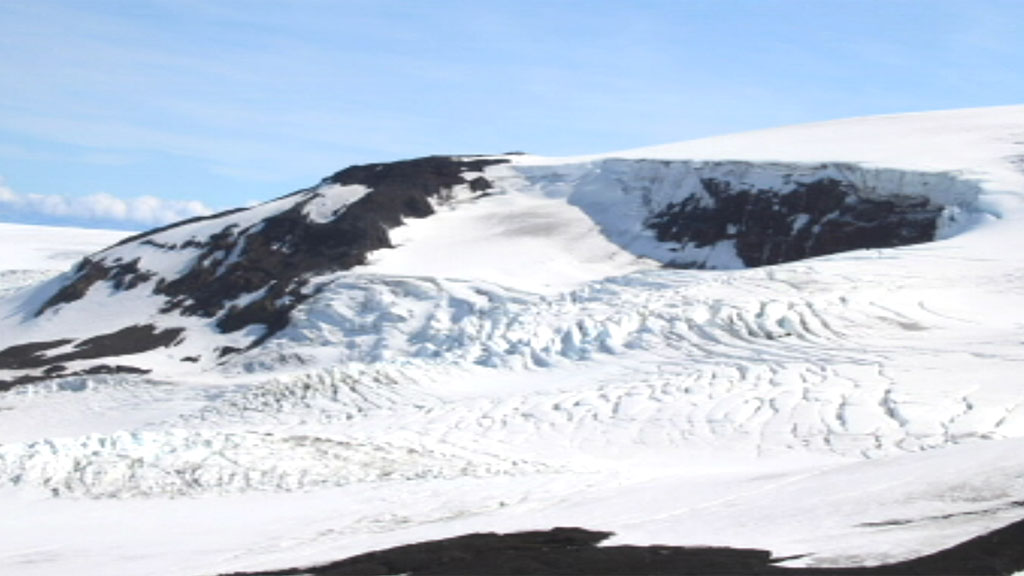Bároarbunga: why air travellers needn’t fear another 2010
Iceland’s Bárðarbunga volcano looks like it’s about to blow. But don’t worry, say vulcanologists, the eruption probably won’t ruin anybody’s travel plans – it’s the wrong kind of ash.
When the Eyjafjallajokull volcano erupted in 2010, departure boards across Europe clattered to a halt for six days as an ash cloud grounded air traffic. More than 10 million travellers were affected with costs estimated at around a billon pounds.
But evidence from mapping the recent earthquakes near the volcano, which usually presage an eruption, suggest it’s not going to generate the kind of ash that will spread across Europe.
Rather than erupting from the centre of the volcano, magma appears to be heading for two separate areas to the side of Bárðarbunga – Iceland’s second highest mountain.
“The good news for air travel is that both these clusters are away from the heart of the main volcano, as it’s in the heart that the kind of magma is produced, which leads to highly explosive eruptions that produce the abundant fine ash,” said Dr Dave McGarvie, senior lecturer in volcanology at the Open University
“Current indications are that if an eruption happens it will produce modest amounts of denser ash and only cause local disruption to air travel.”
Volcanic ash is like powdered glass which can be highly abrasive to fast moving parts of jet engines. The finer the dust, the higher and further through the atmosphere it can travel. Eyjafjallajokull’s plume travelled as far south as France.
While it may not produce a vast ash plume, Iceland’s Met Office has raised the alert level for Bárðarbunga to “orange,” fourth on a risk scale of five.
“Presently there are no signs of eruption but it cannot be excluded that the current activity will result in an explosive eruption leading to an outburst flood and ash emission,” said Met Office seismologist Martin Hensch.
The flooding risk is due to the fact one of the eruption sites is beneath a glacier. Rising magma can rapidly melt the glacier leading to catastrophic local flooding – called “jökulhlaup”. Though it’s unlikely to cause much danger. Like most of Iceland the area is uninhabited and roads have already been closed.
While the evidence suggests a holiday-spoiling ash cloud isn’t likely because most of Bárðarbunga is beneath ice and it last erupted in 1864. “We know so little about this volcano that she could surprise us,” said Dr McGarive.
If you want to keep an eye on Bárðarbunga yourself it now has its own webcam.
Follow @TomClarkeC4 on Twitter
